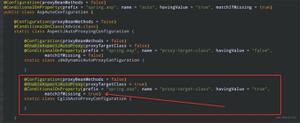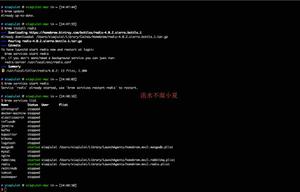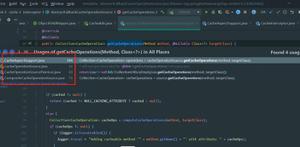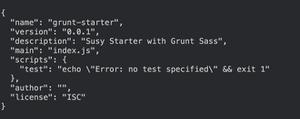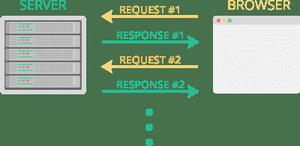Hibernate使用OrphanRemoval触发约束冲突
我在使用JPA / Hibernate(3.5.3)设置时遇到麻烦,在这里我有一个实体,即“ Account”类,该类具有子实体列表,“
Contact”实例。我试图能够将Contact的实例添加/删除到Account的List
将新实例添加到集合中并调用saveOrUpdate(account)可以保留所有可爱的东西。如果我然后选择从列表中删除该联系人并再次调用saveOrUpdate,则SQL
Hibernate似乎会涉及将account_id列设置为null,这违反了数据库约束。
我究竟做错了什么?
下面的代码显然是简化的摘要,但是我认为它涵盖了问题,因为我在不同的代码中看到了相同的结果,这实际上就是这个简单的问题。
SQL:
CREATE TABLE account ( INT account_id );CREATE TABLE contact ( INT contact_id, INT account_id REFERENCES account (account_id) );
Java:
@Entityclass Account {
@Id
@Column
public Long id;
@OneToMany(cascade = CascadeType.ALL, orphanRemoval = true)
@JoinColumn(name = "account_id")
public List<Contact> contacts;
}
@Entity
class Contact {
@Id
@Column
public Long id;
@ManyToOne(optional = false)
@JoinColumn(name = "account_id", nullable = false)
public Account account;
}
Account account = new Account();
Contact contact = new Contact();
account.contacts.add(contact);
saveOrUpdate(account);
// some time later, like another servlet request....
account.contacts.remove(contact);
saveOrUpdate(account);
结果:
UPDATE contact SET account_id = null WHERE contact_id = ?编辑#1:
可能这实际上是一个错误
http://opensource.atlassian.com/projects/hibernate/browse/HHH-5091
编辑#2:
我有一个似乎有效的解决方案,但涉及使用Hibernate API
class Account { @SuppressWarnings("deprecation")
@OneToMany(cascade = CascadeType.ALL, mappedBy = "account")
@Cascade(org.hibernate.annotations.CascadeType.DELETE_ORPHAN)
@JoinColumn(name = "account_id", nullable = false)
private Set<Contact> contacts = new HashSet<Contact>();
}
class Contact {
@ManyToOne(optional = false)
@JoinColumn(name = "account_id", nullable = false)
private Account account;
}
由于不推荐使用Hibernate CascadeType.DELETE_ORPHAN,因此我不得不假定它已被JPA2版本所取代,但是该实现缺少一些东西。
回答:
一些说明:
- 由于您具有双向关联,因此需要添加一个
mappedBy属性来声明关联的拥有方。 - 同样不要忘记,在使用双向关联时,您需要管理链接的两端,我建议为此使用防御性方法(如下所示)。
- 你必须实现
equals与hashCode上Contact。
因此,在中Account,像这样修改映射:
@Entitypublic class Account {
@Id @GeneratedValue
public Long id;
@OneToMany(cascade = CascadeType.ALL, mappedBy = "account", orphanRemoval = true)
public List<Contact> contacts = new ArrayList<Contact>();
public void addToContacts(Contact contact) {
this.contacts.add(contact);
contact.setAccount(this);
}
public void removeFromContacts(Contact contact) {
this.contacts.remove(contact);
contact.setAccount(null);
}
// getters, setters
}
在中Contact,重要的部分是该@ManyToOne字段应将optional标志设置为false:
@Entitypublic class Contact {
@Id @GeneratedValue
public Long id;
@ManyToOne(optional = false)
public Account account;
// getters, setters, equals, hashCode
}
通过这些修改,以下内容将起作用:
Account account = new Account();Contact contact = new Contact();
account.addToContact(contact);
em.persist(account);
em.flush();
assertNotNull(account.getId());
assertNotNull(account.getContacts().get(0).getId());
assertEquals(1, account.getContacts().size());
account.removeFromContact(contact);
em.merge(account);
em.flush();
assertEquals(0, account.getContacts().size());
和孤立的孤儿Contact被删除,按预期方式。使用Hibernate 3.5.3-Final测试。
以上是 Hibernate使用OrphanRemoval触发约束冲突 的全部内容, 来源链接: utcz.com/qa/400339.html

